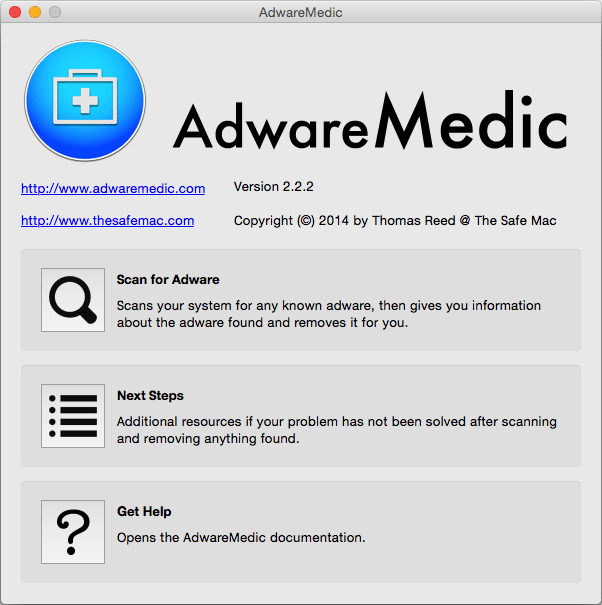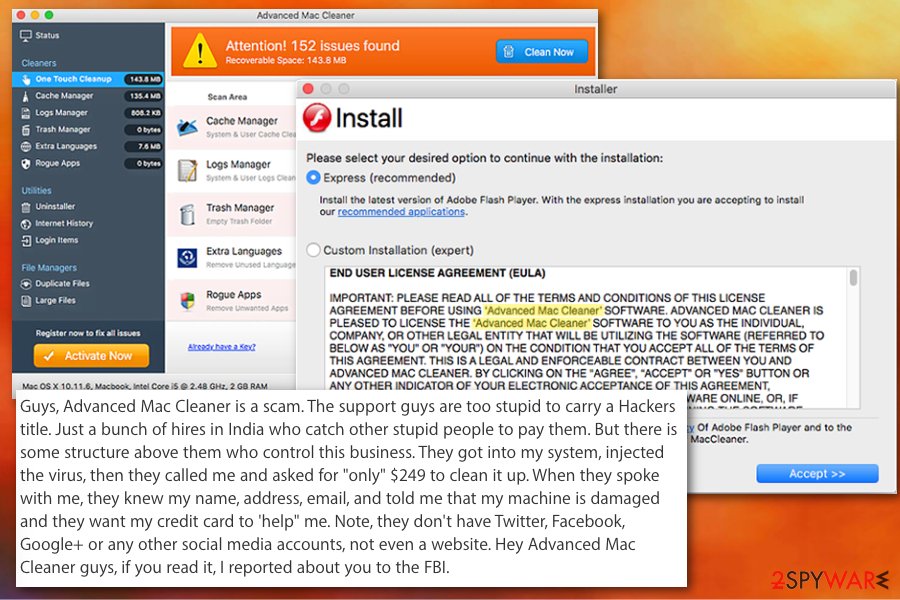
- ERASE ADVANCED MAC CLEANER INSTALL
- ERASE ADVANCED MAC CLEANER UPGRADE
- ERASE ADVANCED MAC CLEANER SOFTWARE
- ERASE ADVANCED MAC CLEANER DOWNLOAD
Usually with the same name as the program or the developer.
ERASE ADVANCED MAC CLEANER INSTALL
Some applications install a receipt in the /Library/Receipts/ folder. You can modify Spotlight's behavior or use a third-party search utility, EasyFind, instead. Unfortunately Spotlight will not look in certain folders by default. If an application installs any other files the best way to track them down is to do a Finder search using the application name or the developer name as the search term. Look for them in /Library/LaunchAgents/ and /Library/LaunchDaemons/ or in /Home/Library/LaunchAgents/.
ERASE ADVANCED MAC CLEANER SOFTWARE
Some software use startup daemons or agents that are a new feature of the OS. Locate the item in the list for the application you want to remove and click on the "-" button to delete it from the list. Open System Preferences, click on the Accounts icon, then click on the LogIn Items tab. Log In Items are set in the Accounts preferences. Startupitems are usually installed in the /Library/StartupItems/ folder and less often in the /Home/Library/StartupItems/ folder. Some applications may install a startupitem or a Log In item.

Again, they don't do anything but take up disk space once the application is trashed. You can also delete the folder that's in the Applications Support folder. You can also check there to see if the application has created a folder. Some applications may install components in the /Home/Library/Applications Support/ folder. In some cases the uninstaller may be part of the application's installer, and is invoked by clicking on a Customize button that will appear during the install process. Some applications may install an uninstaller program that can be used to remove the application. If you want you can look for them in the above location and delete them, too. Although they do nothing once you delete the associated application, they do take up some disk space. Applications may create preference files that are stored in the /Home/Library/Preferences/ folder.
ERASE ADVANCED MAC CLEANER DOWNLOAD
You can simply visit this link to download and install this software and then scan your computer.Most OS X applications are completely self-contained "packages" that can be uninstalled by simply dragging the application to the Trash. Download and run the free version of Malwarebytes. You need to completely remove everything otherwise it may reinstall itself again. Restarting may remove some malware but I am not sure this will work also.įurthermore, deleting this may not fully work.

Users have reported that they are unable to drag them to the Trash.Īlso, restart your Mac by going to the Apple menu > Restart.

But this may not resolve your problem because it may sometime become really difficult to remove malware. Then move the results to the Trash in the Dock and them empty the Trash. Open Finder and enter helpermcp or FreeForms-807968 or hlpradc or Mchlpr or spchlp in the search box and hit enter. Let’s first try to find this and then remove it. If you are having this problem too, here is what you can do to resolve: See also: Mac: Your System Is Infected With (3) Viruses We previously write an article about how you can prevent viruses and other malware on your Mac.
ERASE ADVANCED MAC CLEANER UPGRADE
It is probably that these files were on your computer and you started seeing any of these popups after you upgraded to macOS Catalina because, during your Catalina upgrade process, all of your files were checked and macOS labeled them as dangerous. This is a known scam targeting Mac users. If you have any of these programs, uninstall them. This is malware which is malicious software. You are probably seeing any one of them because you previously installed some fake “utility” apps like “Advanced Mac Cleaner”, “Photo Cleaner”, “Mac Cleanup Pro” and/or “AdwareCleaner.” or something similar.

Several macOS users who upgraded to macOS Catalina are getting various malware popup messages saying, for example: Facebook Twitter Pinterest LinkedIn Print Email


 0 kommentar(er)
0 kommentar(er)
